The Noctua NH-U12S Redux Cooler Review: Bringing Noctua's Best To a Lower Price
by E. Fylladitakis on August 25, 2021 8:00 AM EST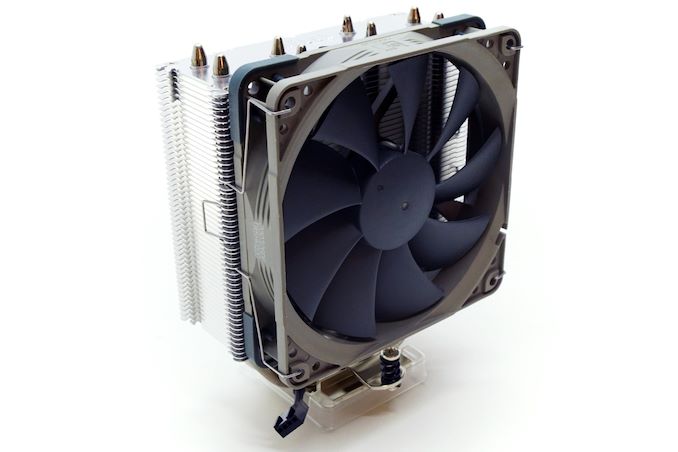
While basic coolers have long been a common pack-in item with most retail CPUs, there's no getting past the fact that many of these coolers are just that: basic. These coolers are sufficient for running a CPU at stock frequencies out of the box, but few stock coolers are built large enough to above and beyond the basics, to deliver impressive thermal and/or acoustic performance. As a result, it's still pretty typical for power users and enthusiasts to go hunting for a more advanced solution – and there's a sizable market of coolers waiting to be found. From compact fansinks to all-in-one liquid coolers that can fill a case, there's a cooler out there for virtually every budget, configuration, and cooling need.
And if by some chance there isn't, then it's only a matter of time until someone builds it. Which is very much the case for the CPU cooler in today's review, Noctua's budget-friendly NH-U12S Redux. Already renowned for their high-quality, high-end cooling products, Noctua is working to broaden their market by making their products a bit more accessible to budget buyers, and they're doing so through products like the Redux.
At a high level, the NH-U12S Redux is a cost-reduced version of the company's very popular NH-U12S cooler. With fewer heatpipes and a different fan, the NH-U12S Redux is intended to bring the quality and cooling performance of its predecessor down to a cheaper, more wallet-friendly price of $50. Which also means that Noctua is more directly facing-off with the other major cooler manufacturers in the highly competitive mainstream market segment.
Packaging & Bundle
The first thing that we noticed about the NH-U12S Redux is the simple, streamlined packaging, which is unlike any packaging of the company that we have previously seen. The artwork on the packaging is pretty much gone, with only basic information regarding the cooler printed on the sides and rear of the box.
Except for the cooler itself, inside the box we found a basic bundle consisting mainly of the mounting hardware required to install the cooler onto a CPU. There also is an illustrated leaflet with mounting instructions. The NH-U12S Redux, much like its siblings, cannot be mounted on Ryzen Threadripper processors. We did not find a syringe with thermal paste inside the packaging – Noctua is instead using pre-applied paste – which is one of the changes Noctua made in order to reduce the retail price of the cooler.
The Noctua NH-U12S Redux CPU Cooler
The Noctua NH-U12S Redux is very similar to the normal NH-U12S, with the exception of a heatpipe and the different cooling fan. Overall, the NH-U12S Redux has one heatpipe less than the NH-U12S and three heatpipes less than the NH-U12A. But perhaps more importantly, the fins on the Redux are also not welded onto the heatpipes. Due to its size and shape, the NH-U12S Redux is compatible with most commercial CPU sockets and it will not block the installation of (regularly sized) RAM modules.
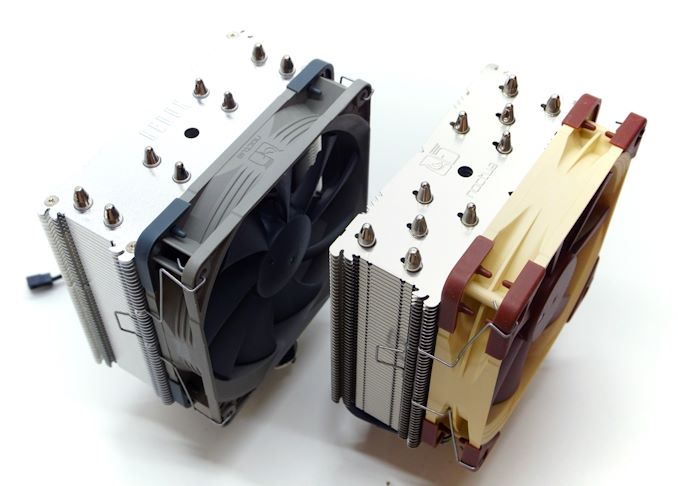
Splitting Image: NH-12S Redux vs. NH-12S
Once the cooler is out of the box, most experienced users will focus their attention on the new cooling fan. And not because of any feature that really stands out, but because this is one of the very rare occasions where Noctua has ditched their iconic brown/beige color theme. Other than that, the NH-U12S Redux has a relatively simple design, being a tower cooler with a small base and heatpipes transferring the thermal energy away from the CPU and to the fins. Although this is the least expensive cooler of the U12 series, the NH-U12S Redux is certainly not a compact cooler; though at 160mm tall, it should fit inside most ATX cases without any compatibility issues. The width of the cooler though may limit the installation of RAM modules higher than 42 mm into some of the RAM slots.
The body of the NH-U12S Redux is beautifully designed and made, with the perfectly arranged fins and heatpipes creating a work of art. There are four heatpipes extending to both sides of the array, which are definitely made out of copper but are further nickel-plated, both to protect them from corrosion and for aesthetic reasons.
The fin array is not too dense, allowing the NH-U12S Redux to perform well with a single 120 mm cooling fan. However, for those seeking an extra performance boost, the company offers a kit containing a second 120 mm fan. We should also add that these fans are not the same as the ones used on the NH-U12S and NH-U12A. The NF-P12 fans used by the NH-U12S Redux are faster and noisier.
The base of the cooler that makes contact with the processor is split into two parts. The bottom half of the base is made out of nickel-plated copper, maximizing the heat transfer rate from the CPU to the heatpipes. It is extremely well machined, perfectly flat and smooth. The top half serves only as a mechanical support and is made out of aluminum, while the mounting bracket is nickel-plated steel. We see that there is thermal paste pre-applied here, a rare thing to see on Noctua’s products.


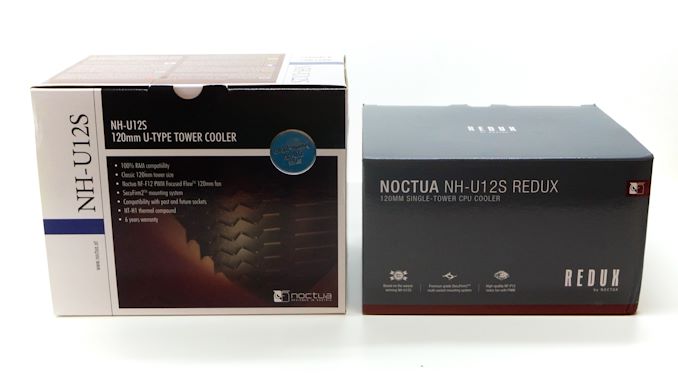
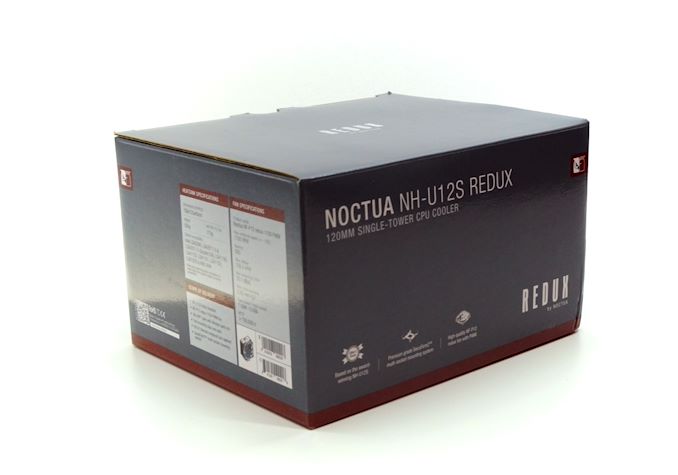
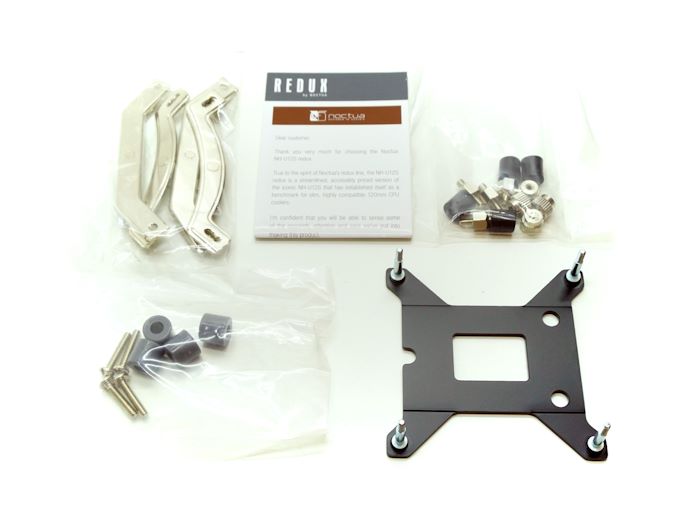

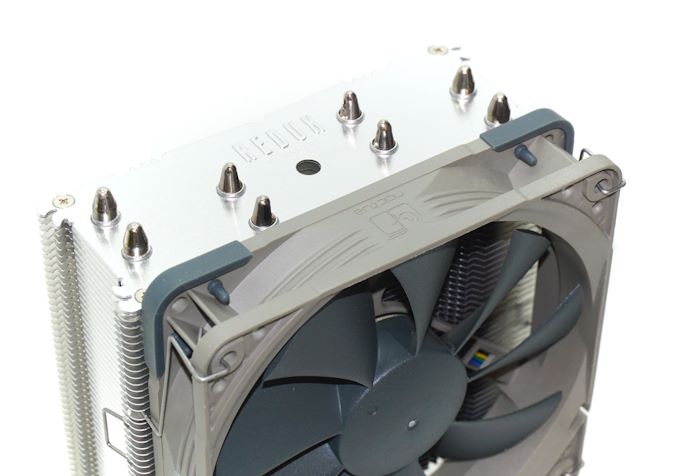
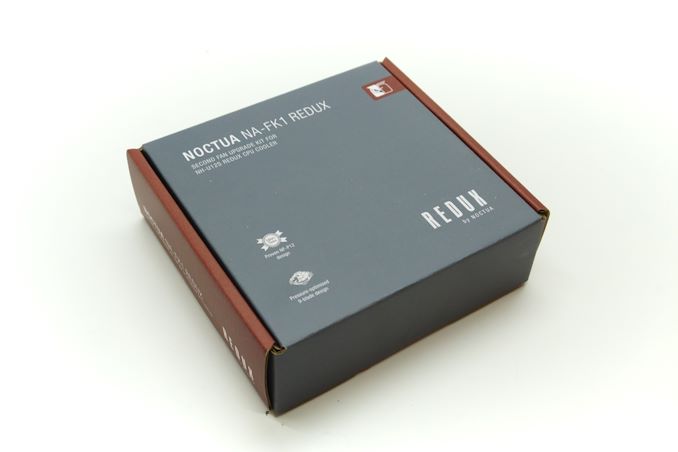
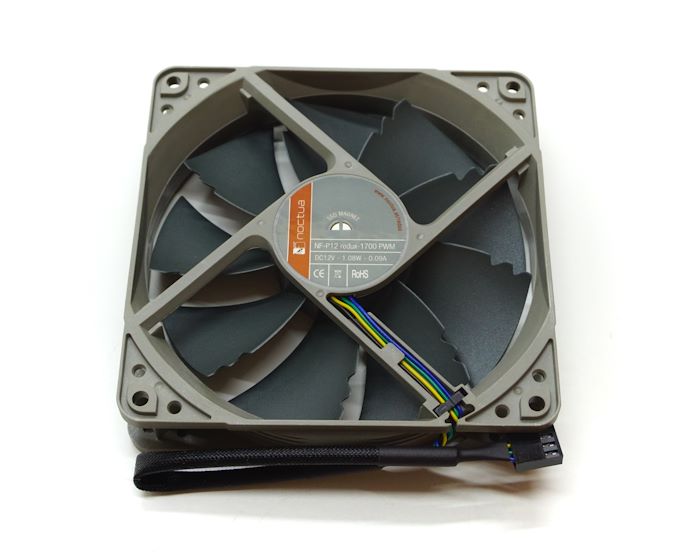
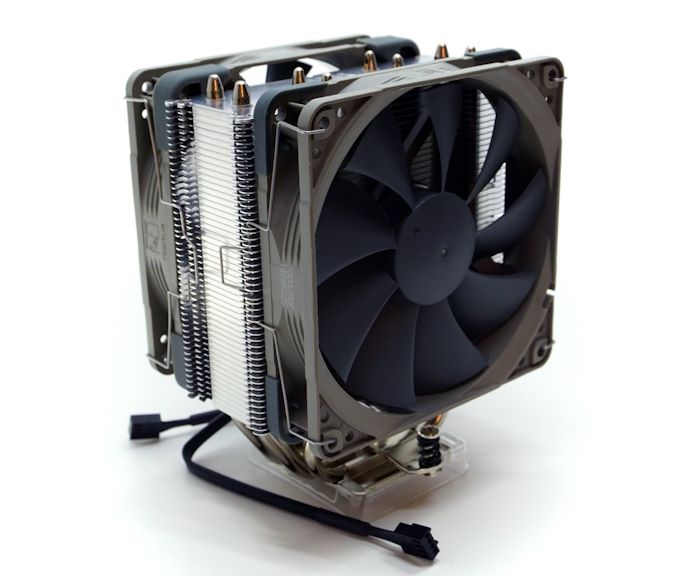
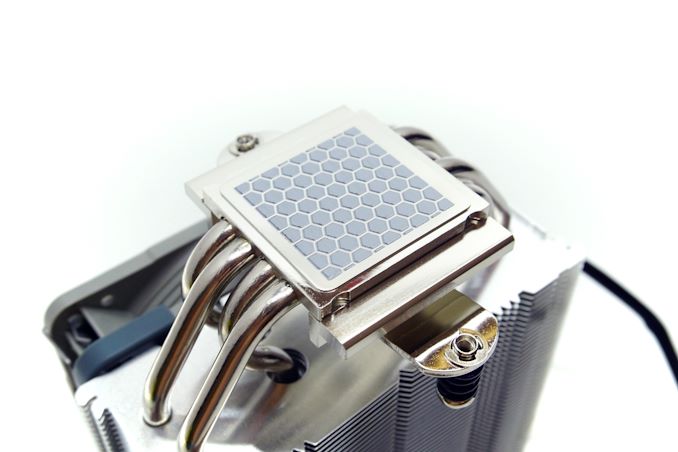








38 Comments
View All Comments
Spunjji - Friday, August 27, 2021 - link
Yeah, you're definitely outside the Prism's sweet spot at that point. I'm impressed to hear that it handles 135W at all!AntonErtl - Friday, August 27, 2021 - link
It handled even 190W above idle power consumption. Given that the Prism is delivered with CPUs that have 138W PPT, it definitely should be able to handle that. The 190W is surprising, though.Spunjji - Friday, August 27, 2021 - link
My experience with the Wraith Prism was very good, but I think you need to stick with 65W (or below) processors in order to get the best from it. It will handle higher loads than that, you just have to accept that it won't be anywhere near quiet.TrevorH - Thursday, August 26, 2021 - link
While the linked article does contain several stock coolers, are any of those available or widely used in 2021, 5 years on from that review? Are the results directly comparable with the current review? It would have been nice to include the AMD Wraith Prism in this set of results since it's not in that old article and I guess it would be nice to include whatever Intel is bundling too.kepstin - Wednesday, August 25, 2021 - link
This gets particularly interesting with things like AMD's high-end Ryzen CPUs, where even when not overclocking, a better cooler than stock might let the CPU boost to higher frequencies for longer. (Let alone the noise benefits) But that's so dependent on the particular CPU and case environment/ambient that I don't really know how you could make a useful comparison in a standalone cooler review :/A5 - Wednesday, August 25, 2021 - link
The short answer is that they're really bad. Anyone who sits in the same room as their computer should invest the $20-$50 to get a good air cooler.TheinsanegamerN - Wednesday, August 25, 2021 - link
They're fine as long as you dont put a K SKU with unlimited turbo under them. Regular intel chips are quite efficient.Spunjji - Friday, August 27, 2021 - link
I've never had a good experience with an Intel stock cooler, but I know a few people who've used them for their budget gaming systems. It depends a lot on your sensitivity to noise. Personally I hate the buzzing noise the fans on them make, even at lower speeds.Leeea - Wednesday, August 25, 2021 - link
I like the pre-applied thermal paste, great feature.I wonder if the different fan was necessary, or if they are just artificially nerfing the product? I doubt they cost any different to manufacture.
I did not know Noctua normally welded the fins, interesting.
DanNeely - Wednesday, August 25, 2021 - link
The cheap model has fewer heat pipes and poorer connections between the pipes it does have and the fins. With an equivalent fan it would preform hotter than the more expensive model; to keep the thermal performance the same Noctua used a faster - and thus louder - fan.